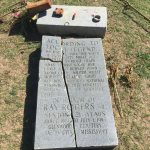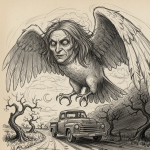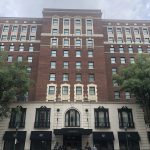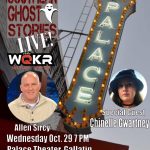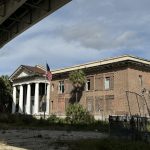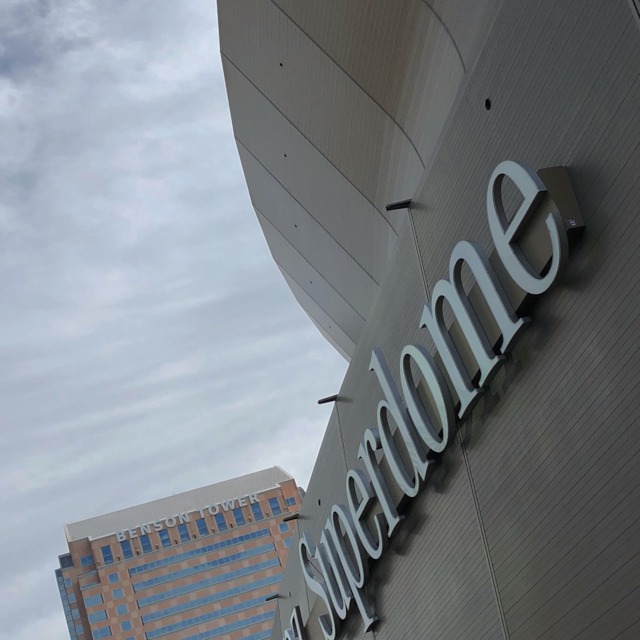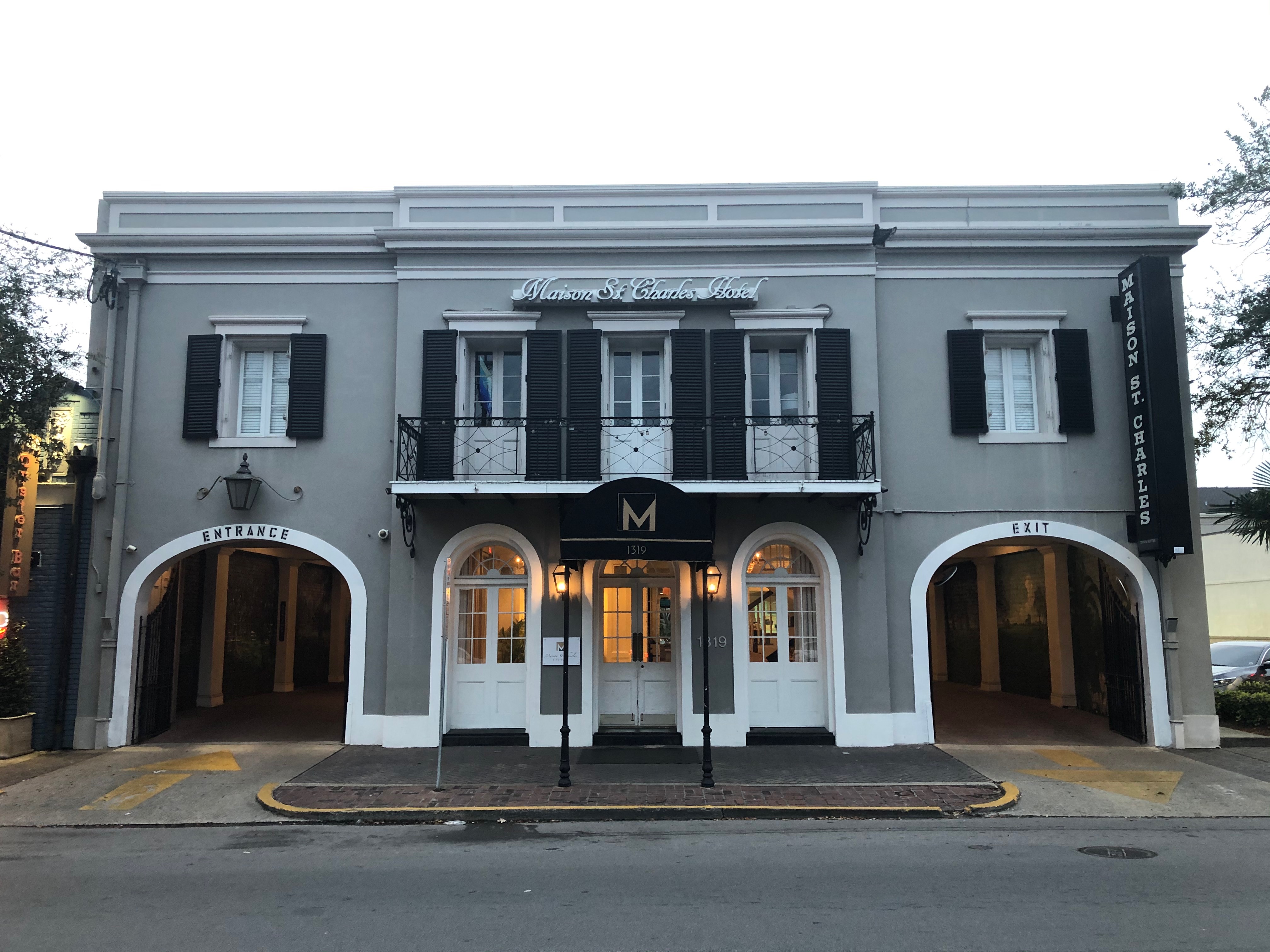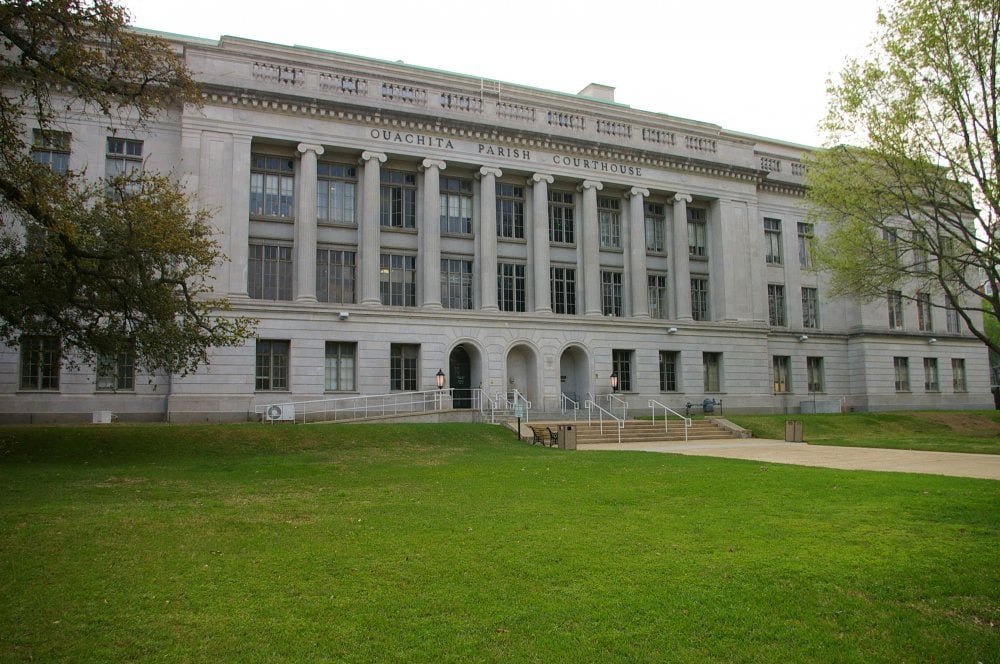In 1822 the Girod Street Cemetery was established in what is now the Central Business District of New Orleans. Like other cemeteries in the Crescent City, bodies were interned above ground due to the city’s constant problems with flooding. Remains were typically placed in a tomb or placed in vaults.
But with outbreaks of yellow fever and cholera in the 19th century, bodies were interned wherever there was space, even if that means in another family’s crypt. In 1833 cholera killed thousands of people in New Orleans. During this pandemic, things were so chaotic and death was so widespread that people took their loved ones bodies to the gates of Girod Street Cemetery and left them there for an undertaker to come bury them. Eventually the bodies were placed in a 400 square foot mass grave that became known as yellow fever mound.
In 1880 a city official ordered that the cemetery be shut down since so many of crypts were hastily built and were falling apart. It often flooded and many worried the water that poured out of the cemetery was making people in the area sick. Unfortunately, no one in New Orleans government bothered to shut the Girod Street Cemetery down.
As other cemeteries began popping up in the area, the old smelly Girod street Cemetery became even more run down than it already was. Grave robbers broke into crypts and some vaults were even set on fire by vagrants. Chickens and other farm animals often were spotted wandering around the cemetery and in out of the collapsed tombs and open vaults.
Finally, in the 1940s the Mayor of New Orleans had enough and demanded that the cemetery be torn down. It was condemned in 1945 and Notice was given to family members of the 22,000 people buried there. Eventually the burying ground was dismantled and the remains of those interned there were moved to nearby cemeteries. The city of New Orleans bought the land and in the 1960s it was developed as plans were made to build a giant domed football stadium.
When the New Orleans Super Dome was built in the 1960s remains were discovered in the area of the parking garage. After playing in Tulane’s stadium the Saints finally moved into the dome in 1975 and went a dismal 2-12. The following year the Saints went 4-10. The team showed improvement in the late 70s but never finished with a winning record. In the 1980s the team regressed and was a laughing stock. Things changed in 1987 when the Saints finally broke through and made the playoffs as a wild card team. Unfortunately, they were trounced by the Vikings and many in New Orleans began to talk openly about the team being cursed. It didn’t help much when 20 skeletons were discovered on a worksite adjacent to the dome a few weeks later.
After 25 years in the building without a playoff win, the Saints brought in voodoo priestess Ava Kay Jones in before their wildcard playoff game against the defending Super Bowl champs, the St. Louis Rams.
The Saints held a Voodoo ritual at the 50 yard line to cleanse the Superdome of any lingering negative spirits. The voodoo priestess along with drummers and dancers from the Voodoo Macumba Dance Ensemble performed a ritual, and you know what? The Saints won the next day. In fact, any negative energy that remained was passed onto the Rams, as they dropped a punt in the final minutes that sealed the Saints first ever playoff win.
Unfortunately the Saints luck ran out the following week as they lost to the Vikings on the road.
The next five years New Orleans didn’t make the playoffs and some wondered if whatever the voo doo priestess did wasn’t working. As if the team ’s luck wasn’t bad, the entire city was decimated by Hurricane Katrina in August 2005. The Super Dome was hit hard as well but was still standing.
It was used as a shelter as over 20,000 people flocked to the arena after many had lost their homes. 550 members of the Louisiana National Guard were brought in to keep things as running as smoothly as possible but like everyone else, many of those in the National Guard had also lost their homes and were getting only a few hours of sleep a night trying to keep the peace. Things were starting to get bad inside the Super Dome. In fact, Two elderly refugees died there and one man was so shaken up about his situation that he jumped 50 feet to his death inside the building.
Although football wasn’t necessarily a priority, The Saints still wound up playing their home games at other venues that season. There was no way they could play in the structurally unsafe Super Dome.
The refugees were gradually moved to other places like Houston in the following months and once everyone had been removed from the Dome, it was discovered it was in really bad shape. So bad, that some wanted to tear it down. But when word got out that Saints owner Tom Benson was sniffing around San Antonio rumors started swirling that he wanted to move the team to Texas.
Fortunately, there were some local leaders who wouldn’t allow it . They got the funding for renovations and repairs the dome desperately needed. And in early 2006 the Super dome as well as the rest of New Orleans began to rise from the ashes.
It took months and contractors and crews worked all through the spring and summer. But city officials made fixing the Super Dome a priority and on September 25, 2006, the Saints made their returned home and beat the Falcons in what many call the most important game in Saints history.
The Saints rode that momentum all the way to the playoffs. They beat the Eagles at home in the first round then came up short to Chicago in the NFC Championship game. Four years later, the Saints made it all the way to the Super Bowl and actually pulled off a huge upset by knocking off Peyton Manning and the Indianapolis Colts.
Today the Saints are no longer cursed and are one of the premier NFL franchises.
